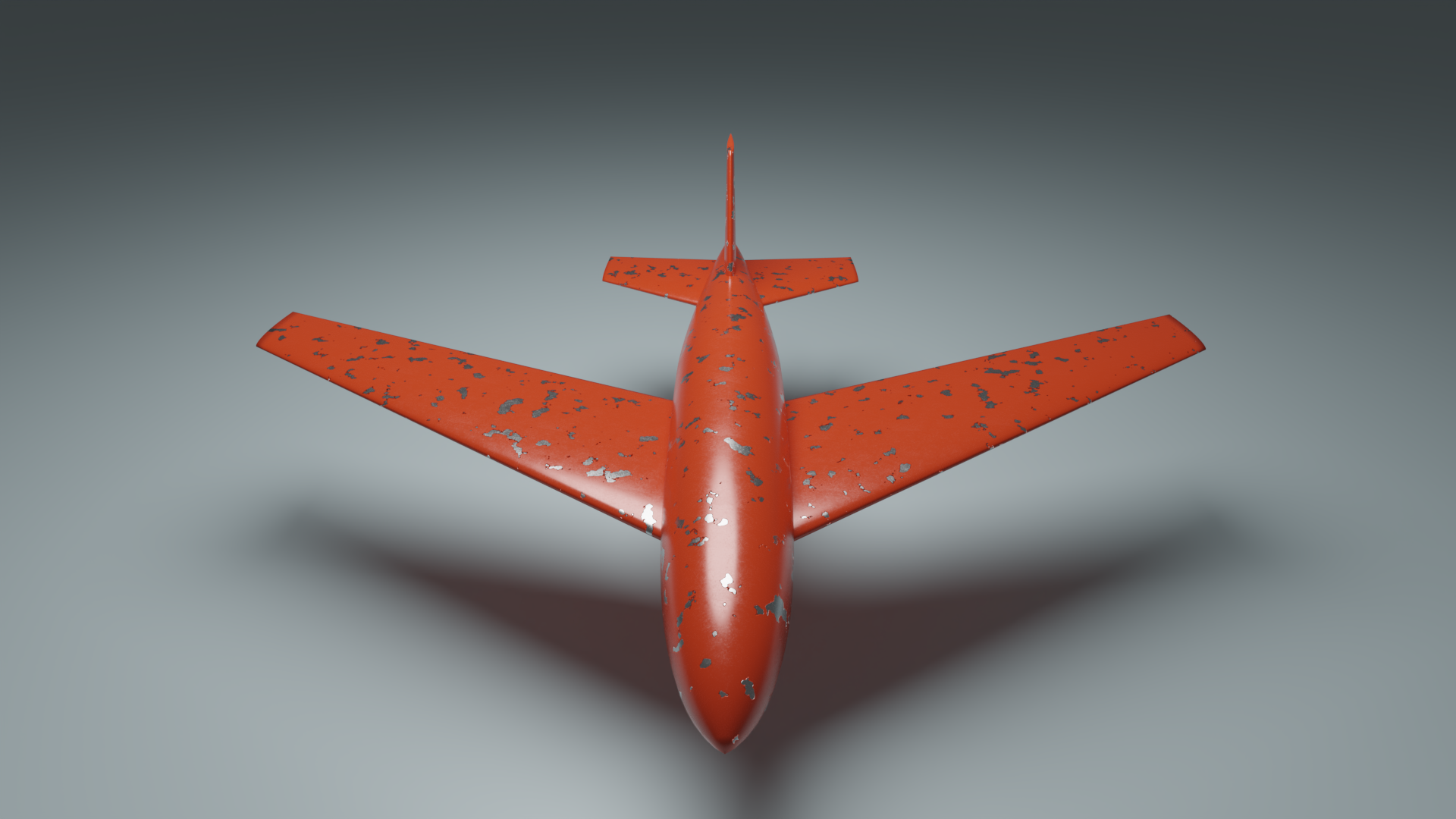OpenVSP Model Export
The guides below describe how to export your OpenVSP model in multiple different formats for use in other tools. The most common file types have been included in these tutorials while some less-common operations have not yet been recorded.

Model Export Introduction
An OpenVSP model may be exported in a wide variety of formats including triangulated meshes, rectilinear wireframes, standardized CAD, vector drawings, blade element stations, and airfoils, among others. Each of these file types will require their own options, model setup, and reasonable best-practices to achieve a quality export which will be discussed in subsequent topics. The Export menu is located under the File menu. Similar to analyses, users may select different components for the Normal (thick-surface) set and the Degen (thin, camber surface) set.
Triangulation Export
An OpenVSP model may be exported as a triangulated mesh such as an STL, TRI, OBJ, etc. For each of these formats, the resolution of the exported mesh will directly reflect the resolution of the OpenVSP tessellation shown in the workspace (Num U, Num W, clustering, etc.). Triangulated mesh formats will typically export as a single mesh or multi-solid mesh as appropriate for each type without providing the user an option. However, STL exports may be set up to write either a single mesh or a tagged multi-solid file. STL formats also have the option of exporting Prop components at the origin rather than in their set location in the model. This is useful when you wish to export a mesh of an isolated rotor at the origin without having to move it in the model.
Untrimmed CAD Export
The untrimmed CAD export types (STEP/IGES) produce a standardized CAD file built from the native OpenVSP Bezier surfaces in the model. The surface resolution displayed in the workspace defined by Num U, Num W, clustering, etc. has no effect on the resulting CAD files. Once you have chosen a set of components and a format type, the Untrimmed STEP/IGES Options menu will appear. In this window, the desired length units must be defined along with a tolerance (accuracy) for the export. Multiple other options are available enabling users to tailor the export format toward their CAD program of choice. For example, some programs will import the model with gaps or breaks in wing trailing edges or fail to accept non-split surfaces. In these cases, options are provided to address these issues.
Unfortunately, the rules defining the STEP/IGES format are relatively loose and were established by committee. This means that writing a STEP or IGES file is much easier than reading one. If your CAD program has issues reading an OpenVSP CAD export, try different options to see if you can achieve better success. It may also help to write a STEP/IGES from the CAD program and look at the format in a text editor or to research what specific style of STEP/IGES that CAD program expects.
Airfoil Export
OpenVSP will export the airfoil distribution along a Wing component in either a DAT or BZ (Bezier) format. The number of airfoils written will correspond to the total spanwise Num U of your wing. When exporting airfoils, the window will ask to save an Airfoil Metadata file rather than the DAT or BZ. This metadata file provides the context and location of each airfoil file that is also written out in the process.































